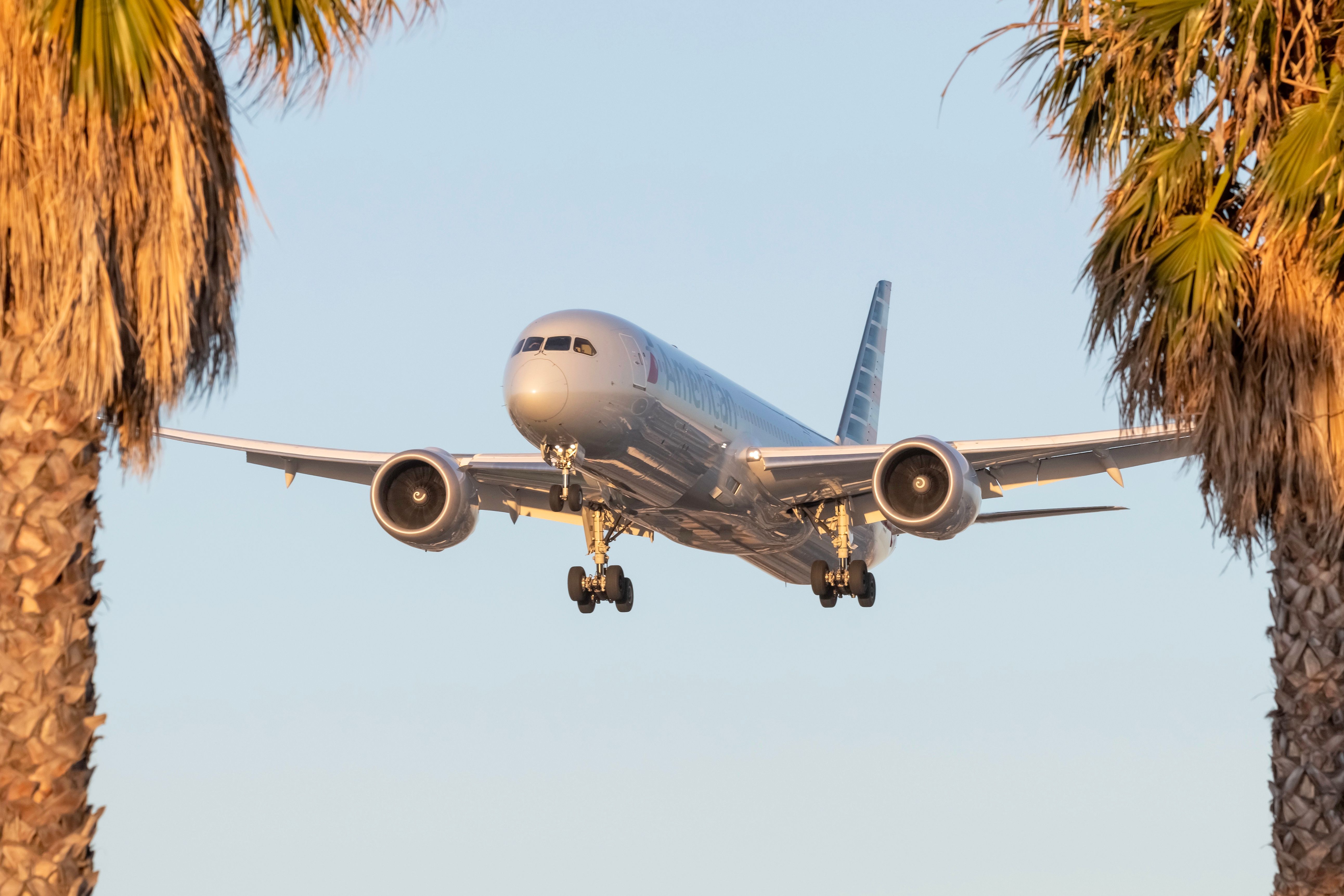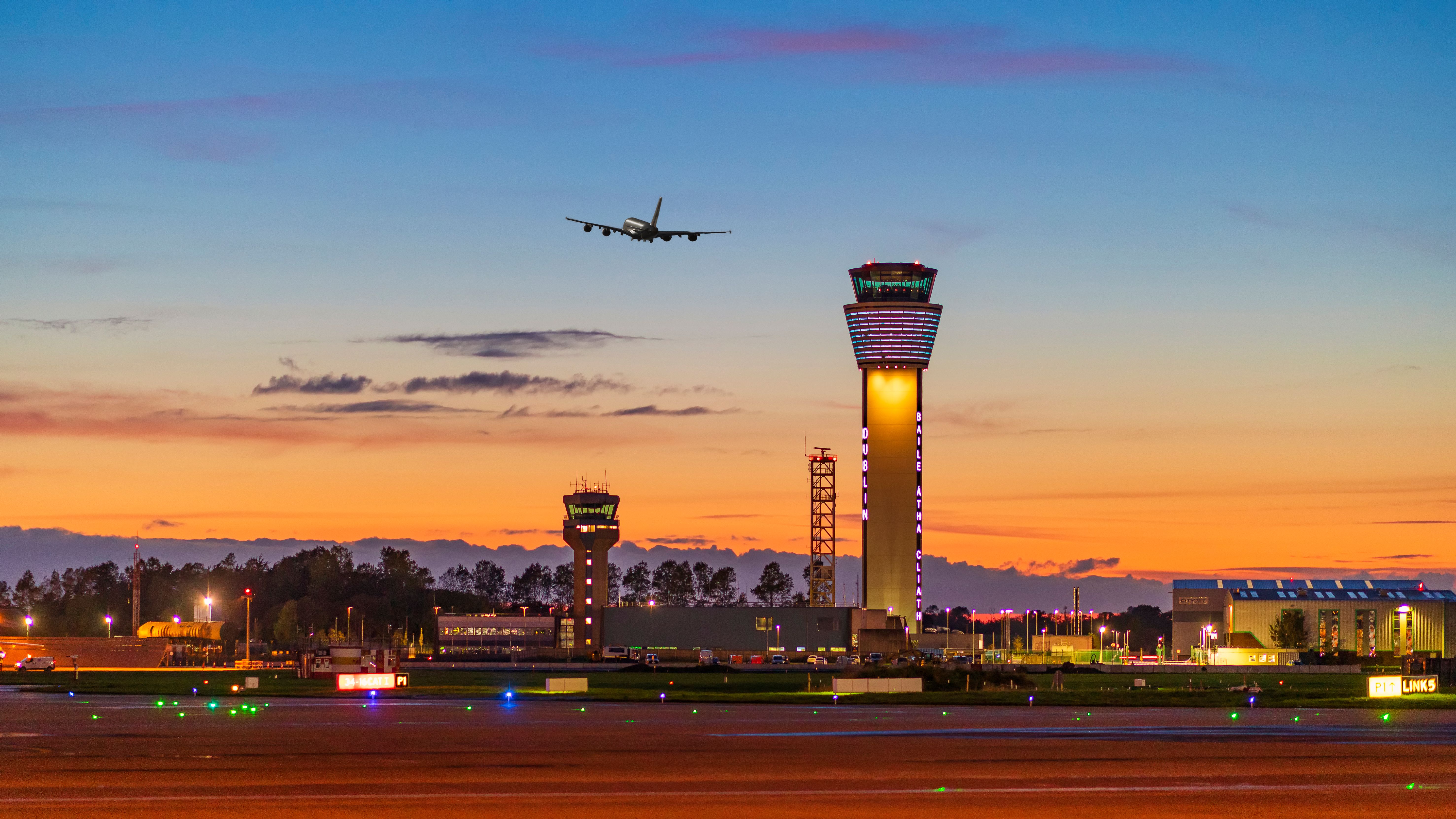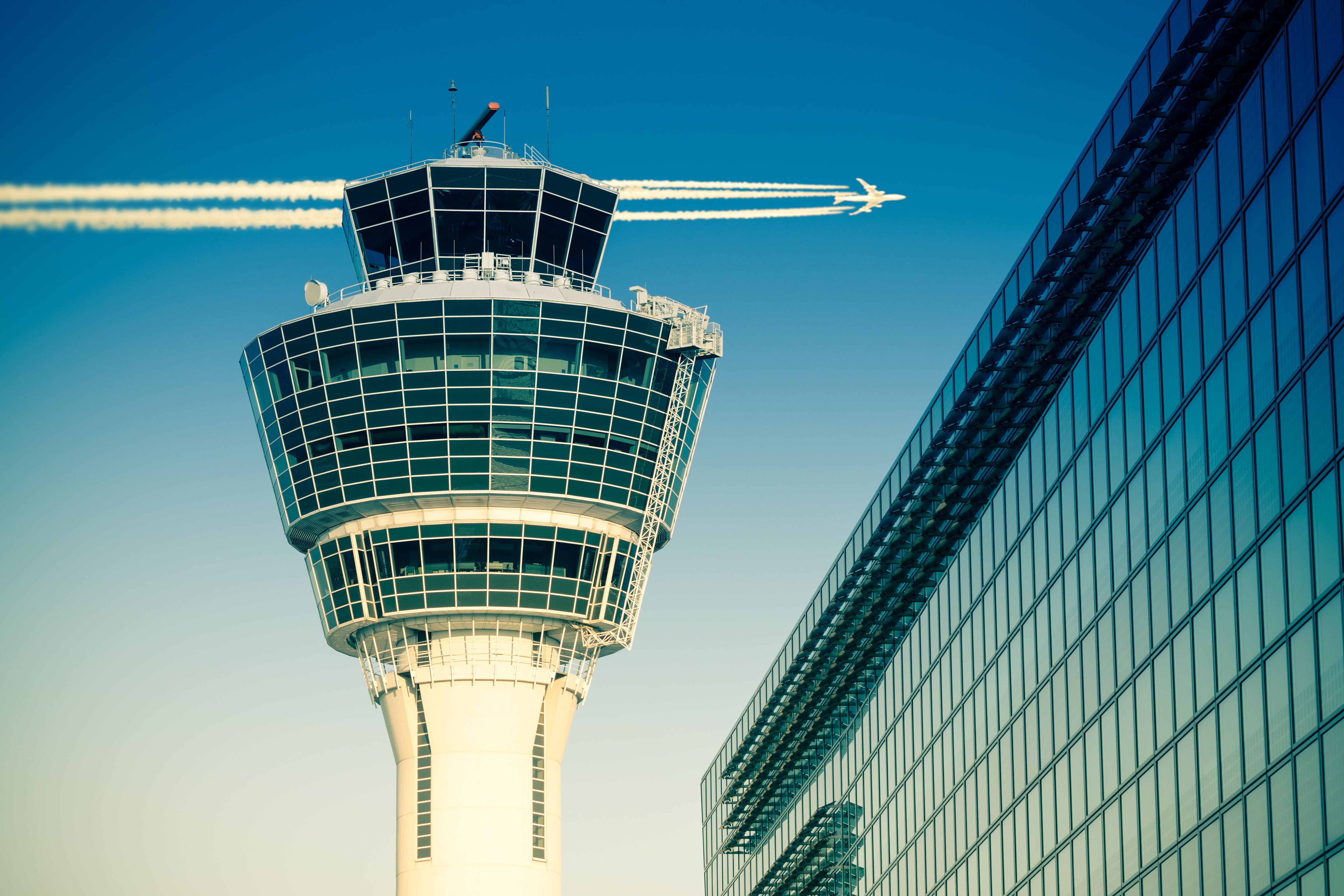The United States Federal Aviation Administration (FAA) has proposed revising the 5G regulations for all Boeing 787 family aircraft, including the 787-8, the 787-9, and the 787-10, according to a Federal Register filing dated May 3, 2023.
The FAA is concerned about the potential impact of new 5G interference on the Boeing 787 Dreamliner family aircraft. The news was first reported by ch-aviation.com.
The FAA has proposed revising an Airworthiness Directive (AD) of February 16, 2022, and updating the limitations and operating procedures sections in Boeing 787 aircraft flight manuals to ban specific landings and the use of certain minimum equipment list (MEL) items.
This is to incorporate procedures for calculating landing distances while dealing with 5G C-band interference. The FAA cited the continued deployment of new 5G C-band base stations with signals expected to cover most of the US at transmission frequencies of 3.7-3.98 GHz as the reason for these proposed updates.
5G modifications
According to a February 2022 airworthiness directive, operators must follow longer landing distance procedures due to the 5G C-band interference. These procedures apply to all runway conditions and must be incorporated into existing flight manuals before June 30, 2023.
Additionally, to prevent any possible impact on aviation safety systems due to the deployment of 5G networks near US airports, the FAA has also urged airlines to upgrade or replace altimeters on their large commercial aircraft by July 2023.
However, many airlines across the US have urged the FAA to extend the deadline. A group of 10 US airlines, including American Airlines, Delta Air Lines, and United Airlines, represented by Airlines 4 America (A4A), has requested the FAA to extend its deadline to June 2024.
Get all the latest aviation news right here on Simple Flying.
This is due to concerns that many airlines will not have enough time to retrofit their fleets before the current deadline. A4A has cited "technical realities and the continued safe operation of many aircraft" as reasons for the extension.
Meanwhile, the International Air Transport Association (IATA) warned that many airlines would struggle to meet the original deadline due to supply chain issues, certification delays, and logistical challenges.
Disruption risk to aviation from 5G
One of the major concerns with 5G technology is its potential to interfere with aircraft equipment, particularly radio altimeters that operate on a similar frequency. To ensure safety in flight operations, the FAA imposed restrictions on certain types of radio altimeter equipment that are used near antennas in 5G networks.
This is because the deployment of 5G technology involves various factors such as power levels, frequencies, and proximity to flight operations, which require unique circumstances to be considered, according to the US aviation regulator.
The potential for interference from 5G signals has raised concerns among aviation safety experts, as it could lead to the loss or incorrect reporting of radar altitude information. This could pose a risk to the safety of flight operations.
Get the latest aviation news straight to your inbox: Sign up for our newsletters today.
Sources: Federal Register, ch-aviation.com



